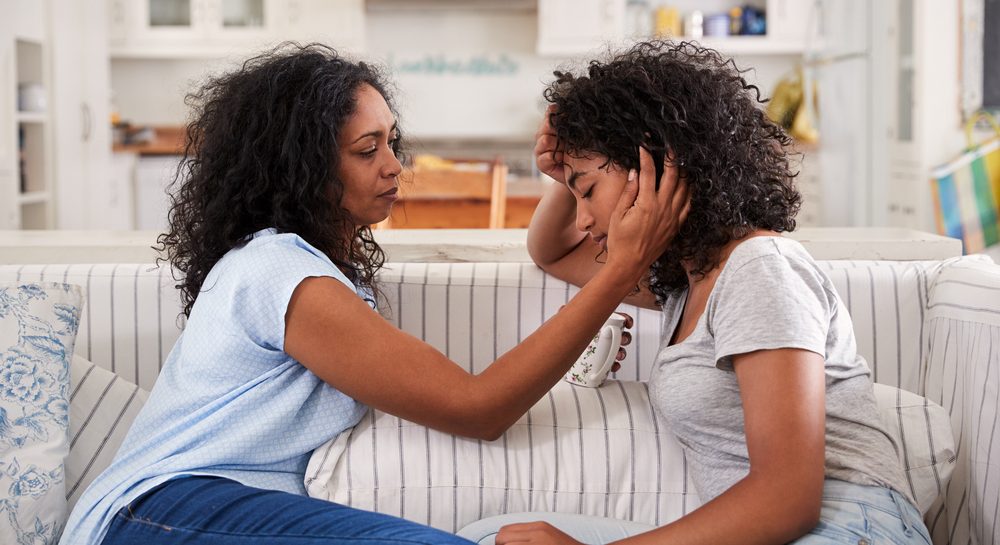Over the past decade, marijuana has become more legally accessible and therefore more socially prevalent. While marijuana remains illegal for anyone under 21, these changes may have led some of us to underestimate how harmful marijuana can be. Research shows that marijuana use presents more serious risks than most people realize, especially for the developing brains of teenagers and young adults. Regardless of its legal and social status, we need to keep a few facts in mind when it comes to marijuana and our kids.
Marijuana is more potent than ever before. THC is the chemical responsible for most of this drug’s psychological effects, including the “high” it produces. Between the 1970s and the 1990s, most marijuana contained 2-4% THC. Today, however, due to more sophisticated growing techniques, most marijuana contains 20-30% THC. Meanwhile, the market has been flooded with a variety of new cannabis products, including oils and edibles, whose concentrations approach 100% THC.
Marijuana use harms the adolescent brain in ways not seen in adults. It can cause greater harm to use marijuana while the brain is still developing, which is until the age of 25. Studies show that regular marijuana use among teens can compromise academic achievement, stunt social development, and result in an IQ drop of up to eight points. Additionally, studies show that the age at which people start using is significant: adults who used marijuana in their teens have problems thinking, planning, solving problems, making decisions, and setting priorities. A recent study published in the Journal of Neuroscience found that marijuana use altered the teenage brain even after just one or two joints. In other words, if your child begins using marijuana as a teen, it could make all the difference when it comes to getting into their dream school, getting that promotion at work, or having a successful long-term relationship.
Marijuana is not a solution for teenage anxiety. People often justify their marijuana use by saying they use it to relax. While marijuana may reduce anxiety for some, it actually increases anxiety for others. Either way, researchers and doctors agree that the risks of using marijuana to treat anxiety in teens far outweigh any potential benefits. Furthermore, we do not want our kids to be dependent on marijuana to calm down. We do not want marijuana to deprive them of learning how to manage their anxiety through mindfulness, sleep, or therapy, or to obscure the need for additional treatment options.
Marijuana use can worsen and increase the risk of mental illness. Studies show that marijuana use negatively impacts our teens’ mental health. Heavy users are more likely to have symptoms of bipolar disorder and to report thoughts of suicide—scary stuff for a drug that is often touted as “natural.” Even using marijuana less than once a month prior to the age of 17 has been associated with significantly higher rates of drug dependence and suicide attempts.
Marijuana and driving do not mix. Driving after using any amount of marijuana is illegal and puts you and others in harm’s way. Marijuana impairs concentration, coordination, and the ability to react quickly. These abilities remain impaired for at least four to six hours after using marijuana, long after the “high” is gone. Driving under the combined influence of alcohol and marijuana only increases the risk of injury or death for users and those who share the road with them.
Much remains unknown. Researchers still do not completely understand the consequences of being exposed to high levels of THC found in today’s marijuana. We do not yet know the long-term effects of marijuana on the brain and how these effects might be shaped by the age at which someone first uses marijuana, the frequency of use, and the combination of marijuana with other substances.
Although much remains unknown, this much is clear: marijuana presents serious risks for our kids’ academic achievement, social development, psychological health, and physical safety. And due to its exponentially higher potency, it can have more serious consequences now than in the past. Fully understanding these risks can help us help our kids make better choices.
